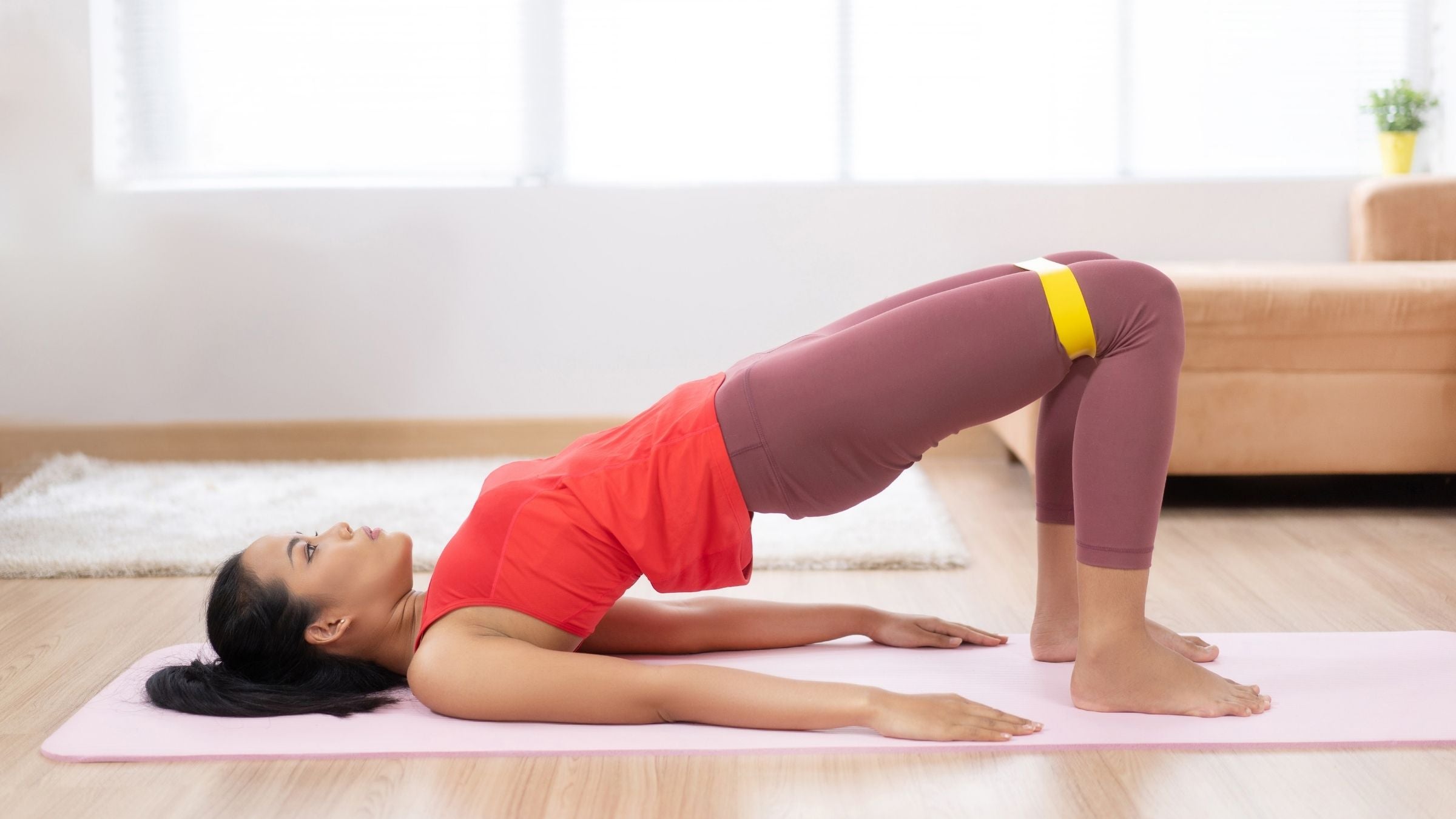Do These Glute Exercises Every Day for Injury Prevention

(Photo: Getty Images)
So much running and cycling power is generated from the glutes, and a strong backside can prevent most common running and triahtlon injuries—but are you training yours for maximum output? Probably not. We’ve got some exercises to help you get started building strong glutes to protect the rest of your body from injury.
Strong glutes for running and triathlon
Our glutes have a big job when it comes to training and racing. During a run, the glutes hold our pelvis level and steady, extend our hips, propel us forward and keep our legs, pelvis and torso aligned. So when our glutes are weak or not “firing” correctly, our entire kinetic chain gets disrupted. Studies have linked glute weakness to a variety of running maladies, including achilles tendonitis, shin splints, runner’s knee, and iliotibial band syndrome. The glutes are also crucial for powerful pedal strokes on the bike. When our glutes are weakened, the lower back can become sore during a ride, as can the knees.
Hamstrings, hips, and glutes all play roles in propelling your body forward as you ride and run. Many of the injury prevention exercises below are geared toward strengthening these three key areas.
RELATED: 5 Steps to Activate Your Glutes During Strength Training
How to test glute strength
First things first: you need to find out if your glute muscles are doing their job. Perform these simple tests to find out just how much work you need to do:
- Glute Test 1: Single-Leg Stand. Perform a single leg stand with your eyes closed and feet facing forward. If you cannot hold this position for one minute without falling forward, your glutes are not working properly. Do the test on each side multiple times and compare.
- Glute Test 2: Single-Leg Romanian Deadlift. You should be able to perform several repetitions of weighted, single-leg Romanian deadlifts, touching the weight to the floor in front of your standing leg before returning to the start position.
- Glute Test 3: Pain Check. Low back pain and/or knee pain can be additional signs of weakness in the glute area.
- Glute Test 4: Sitting Time. Even if you run 50 miles a week and then spend the majority or remainder of your day sitting down (at a desk, in a car, on the couch, etcetera), you are essentially turning your glute muscles off.
Glute activation exercises for triathletes
Let’s wake up those glutes! How often should you do glute activation exercises? When you’re sitting a lot in your daily life, it’s best to do these exercises every day. If that’s not feasible, aim to do them at least two to three times each week.
Clamshell
Some of you may be familiar with this exercise if you have done any kind of physical therapy for runner’s knee or IT band syndrome, which is why it’s so good to do it as a preventative measure. Lying on your side, bend knees at a 90 degree angle. Stabilize your core and open repeatedly open and close legs at the knees, keeping heels pressed together. Include a band to make it more challenging.
Glute Bridge
Lie face up on the floor, with your knees bent and feet flat on the ground. Keep your arms at your sides with palms facing down. Lift your hips off the ground until your knees, hips and shoulders form a straight line. Hold your bridged position for a couple of seconds before easing back down.
Reverse (Slide) Lunge
You can do this move with or without the “slide,” but if you have a wood or tile floor and a dishcloth (or a gliding disc if you’re feeling fancy), place the cloth under your back foot and, in a lunge position, gently slide your back foot away from you as you ease into a deep lunge and pull the leg back toward you as you return to the start position. Switch sides and do as many repetitions as you can.
Band Walking
Mini bands are inexpensive and can be found in many gyms. You can do a variety of exercises with the band by simply moving it from your ankles to just below your knees. Start with the band around your ankles, feet facing forward with a slight bend in the knee and take steps laterally, using the full resistance of the band. For “monster walks” move the band to just below your knees and take large diagonal steps—10 steps forward and then 10 steps back—and feel the burn. This is a great injury prevention exercise beyond just strengthening the glutes, as its a full lower-body workout in addition to helping your knees.
Stability Ball V-Lift
Lay on your stomach over a stability ball and lift one leg at a time, squeezing your glutes with each lift. Then place both hands on the floor in front of you, over the stability ball, and lift both legs at the same time, then lower down and repeat. Don’t forget the squeeze at the top!
Single Leg Deadlift
Stand on one leg and, keeping that knee slightly bent, perform a stiff-legged deadlift by bending at the hip, extending your free leg behind you for balance. Continue lowering down until you are parallel to the ground, then return to the upright position. Repeat on both sides and find your balance. Using a kettlebell or light dumbbell can help increase difficulty as well as provide some balance help.